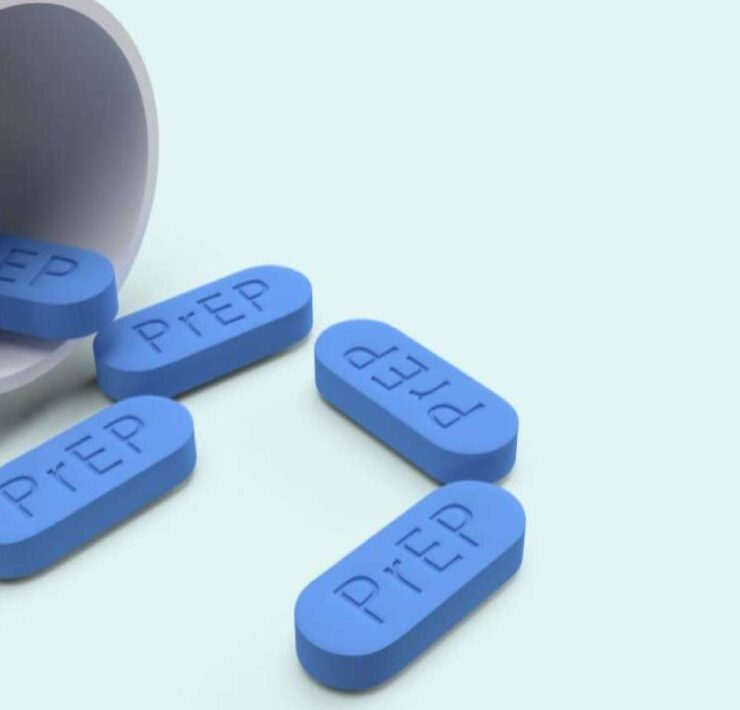Direct-to-implant procedure with Dr. Lisa Hunsicker

Holly Hatch is a former editor of OFM.
For the past eight years Dr. Lisa Hunsicker, who specializes in breast and body contouring, has helped pioneer a direct-to-implant procedure where breast cancer mastectomy patients are able to emerge from surgery fully reconstructed. At her private practice, Revalla Plastic Surgery and Medical Aesthetics in Littleton, Hunsicker began implementing this less common technique because she knew there had to be a better way to help breast cancer patients cope with the loss of their femininity and the multiple invasive surgeries. Hunsicker discusses the benefits of reconstruction and the importance of options for women regarding their bodies.

Why is the direct-to-implant procedure such an innovative step?
Traditional breast reconstruction that occurs after a mastectomy involves at least two, sometimes three surgeries for a patient to be fully reconstructed.
When I perform the direct-to-implant procedure, the implant is placed as part of the same surgery as the mastectomy, allowing for the patient to wake up fully reconstructed. Any revisionary surgeries that take place are usually only performed to improve the cosmetic result, or to address nipple reconstruction if nipple-sparing has not been an option.
What has your experience with women who have had this procedure been like?
All women appreciate options – and they seem to be much more grateful to have solutions presented to them when under the stress of a cancer diagnosis. I consult with each of my patients about which reconstruction method makes the most sense for them. It’s a very personal decision, and one that only they can make. I believe that giving patients choices about their course of treatment helps restore some of their power and confidence, and they seem to engage more fully in their treatment knowing that they’ve made a deliberate choice about how to proceed.
What does it save the patient?
A single-stage procedure means one set of surgeon’s fees, one anesthesia fee, and one facility fee – versus two of each with traditional reconstruction.
Most importantly though, it saves women from having to disengage in the part of their femininity associated with having breasts, by allowing them to wake up from surgery with fully reconstructed breasts. The emotional component to this disease should not be discounted.
What is the most difficult part of plastic surgery reconstruction?
The most challenging aspect of breast cancer reconstruction is increasing awareness among women regarding their options. In 2009, there was a statistic published by the American Society for Plastic Surgeons that almost 70 percent of women who were eligible for breast reconstruction were not informed of their options – 70 percent! So as women, we need to keep the conversation going so that we can make informed decisions regarding our treatment. We need to advocate for our friends and loved ones, and educate each other.
What does having breasts do for a woman’s confidence? Why is reconstruction essential?
For many women, having breasts is integral to their femininity, and thus their identity. Being able to wake up from mastectomy surgery and look down to see a pair of fully reconstructed breasts helps mitigate the loss of self that many breast cancer patients have the potential to experience. It’s challenging for anyone to feel like they’re their most confident-selves when their identity is compromised. So for the patients I encounter, reconstruction is an essential option in helping them heal, allowing them to reclaim their vibrancy and life after a breast cancer diagnosis.
What's Your Reaction?
Holly Hatch is a former editor of OFM.










